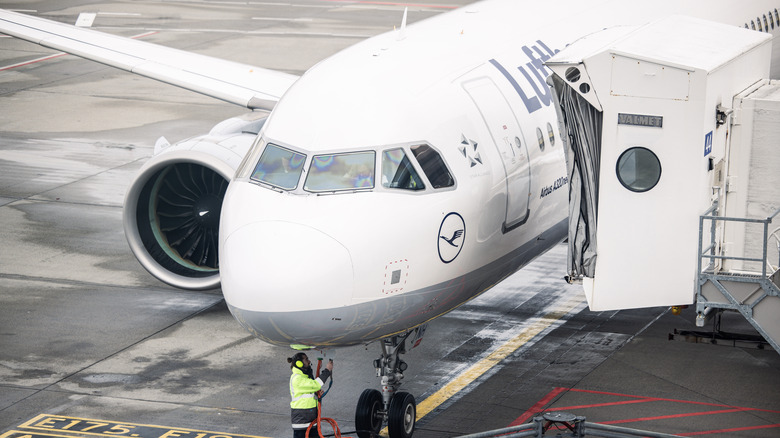
Bloomberg/Getty Images
The word airbus, as defined by Dictionary.com, means «a short-range or medium-range commercial passenger airplane, especially one that is part of a frequent shuttle-like service between two popular destinations.» The notion of a bus in the air suggests regular, routine travel, a spirit that was surely helpful in the early days of commercial flight.
The company Airbus, meanwhile, began its work late in the 1960s, with European aviation titans (France and Germany being central among them from the start) deciding to cooperate on their developing concepts. The consortium was a bold move, but a calculated one, allowing European developers to work together rather than rival each other.
Officially launching in 1970, Airbus’ goal was a united front that would ensure Europe’s place in the future of commercial flight. To do this, it needed to develop an aircraft that passengers and airlines alike could trust, one that could take them to the wide array of destinations that were becoming accessible during the period. It wasted little time producing the first fruits of its labor: the Airbus A300 family (the titan that is the A380 among them).
The A320 is among the most notable of the wider family of these machines. Let’s see how it was made.
The development of the Airbus A300 and its narrowbody counterpart
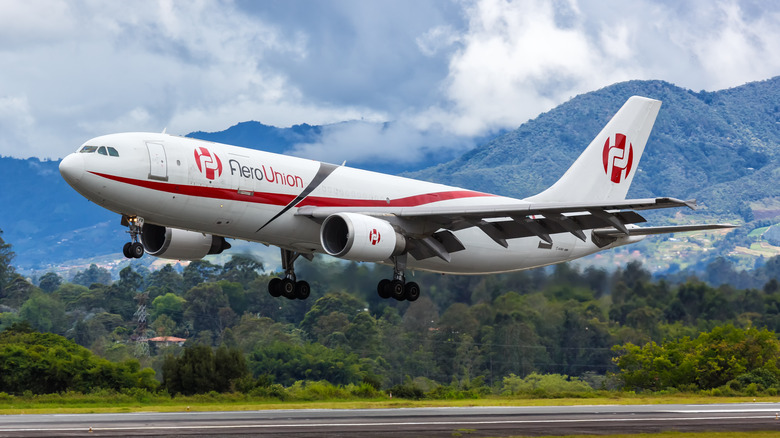
Boarding1now/Getty Images
Airbus didn’t want its first big project to be oppressively big, and balancing potential customer numbers with the size of the aircraft and the costs of fueling and flying it was paramount. After all, there’s no advantage to huge passenger capacity if transporting them all at once would subsequently make the jet a money-sink.
The original A300B1 made its first flight in October 1972, kicking off a long line of widebody jets that put Airbus on the map with an overall total of 812 orders including the A310 models. By the following decade, the 300 had evolved into the A300-600 by 1984, which ran on twin General Electric GE CF6-80C2A1 or Pratt & Whitney PW 4000 turbofans. Just four years later, the A300-600R arrived, which continues to be flown today. With space for up to 345 people and a range of around 4,660 miles, this 54.1 meter long aircraft is versatile and solid. This innovative widebody, however, couldn’t carry Airbus’ hopes by itself.
At the same time the A300-600 was establishing itself, a rather different Airbus was doing the same thing. Its smaller counterpart, the A320 family, had its role to play.
Narrow body, broad ambitions
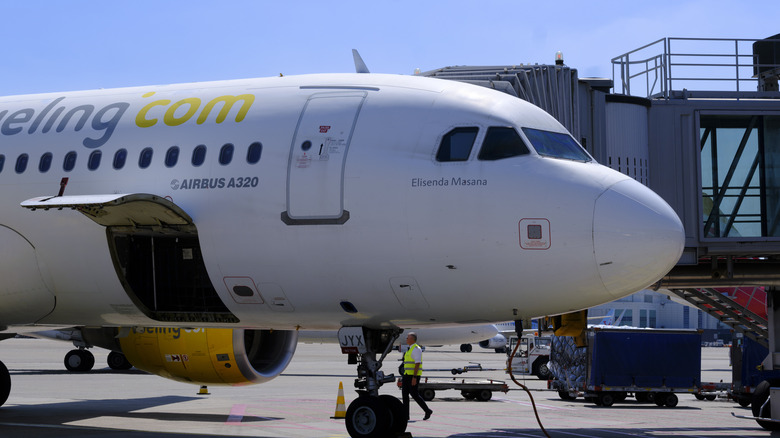
Thierry Monasse/Getty Images
The primary reason for the development of Airbus was to create a competitive European powerhouse in aviation. To do this, of course, it was vital for it to stand up to some of the most notable aircraft of the day from the biggest manufacturers, such as the U.S. DC-9 from McDonnell Douglas.
It took a long time for Airbus to begin joint efforts on such a project, as a separate Joint European Transport initiative was formed to tackle the issue in 1977. The project was quite ambitious: To be quicker than a Boeing 737, thereby demonstrating that the U.S. chokehold on speed could be challenged while offering a comparable-or-greater capacity of up to around 188 travelers.
When Airbus proper began work on such a model, its first venture into the single-aisle market, the idea was to develop a concept into a practical model that would expand the brand’s operations. Widebodies, with their sheer heft, have certain limitations that smaller aircraft do not. The concept aircraft produced in 1980, the SA (single-aisle) series, wouldn’t ultimately go on to take commercial flights, but they would directly impact Airbus’ ability to do so with this new type of aircraft.
Specifically, the second fruit of this evolution of the project, the SA2, would become known as the A320 the very next year.
What sets the A320 apart?
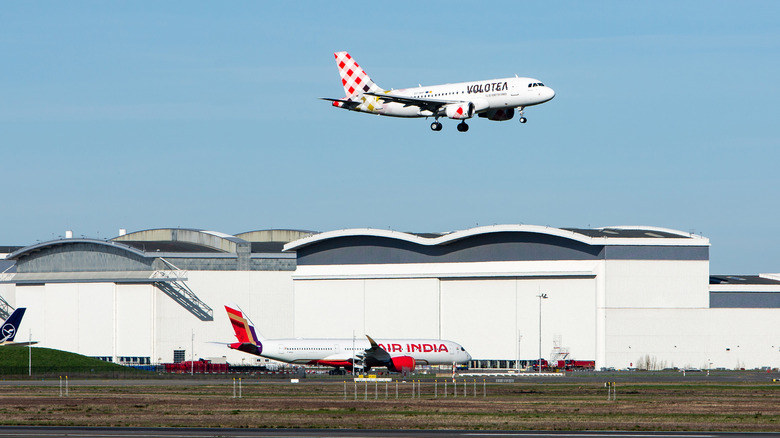
Bloomberg/Getty Images
It makes sense to release a new product that fills a gap in the market, but there’s much more to the equation than that. In this case, Airbus didn’t just need a narrowbody aircraft. It had set its sights on grabbing just under one-third of the planet’s commercial aviation. To do this, it needed a narrowbody with an incentive for operators worldwide to choose its model over competitors.
One of the most unique features the first A320 model boasted was fly-by-wire capacity. This is a system that allows the pilot to make adjustments to the controls of a plane in flight using a simpler electronic interface, rather than a wide range of physical knobs and pulleys that previously had the same functions. Limiting such moving parts allows for streamlined, less complex and strenuous controls, with the added bonus of computerized systems that provide pilots with a range of important readings.
Fly-by-wire may seem a more complicated system, but by including it, Airbus was able to double down on the A320’s intended purpose: Single-aisle flight in a practical package, cutting down expenses by limiting the number of complex parts that may need regular repair and emphasizing engine efficiency. These factors suggest that the model was designed with every airline’s major priority, cheaper-to-run aircraft, firmly in mind.
Variations on the A320
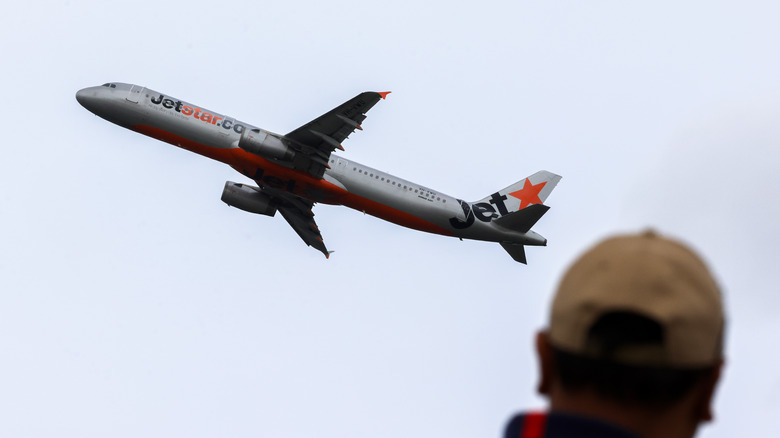
Jenny Evans/Getty Images
The A320 first appeared as a completed production aircraft in February 1987. It was quite the departure for Airbus, a name known for far heftier widebody aircraft. As Airbus owner Roger Béteille put it, «it was considerably easier and less risky to enter the field with a smaller aircraft than with a big, long-range aircraft. Correcting a mistake is much cheaper, and the accumulation of experience is faster with a smaller, short-range aircraft which makes many more flights and is used in larger numbers.»
The A320 was an essential piece of the puzzle for Airbus, which made it just as crucial that it wasn’t left behind once it established itself. From the 1980s to the present day, a series of A320 models would be added to the family. These include 1994’s A321, a larger, 146-foot-long version that sports formidable CFM International LEAP 1A engines and a range of 3,000 miles in its A321-200 guise. The A321neo (New Engine Option) joined that party in April of 2017, capable of Mach 0.82 and with space for up to 220 passengers.
The Airbus A318 and A319 took the opposite approach, as smaller takes on the base A320. They have some unique traits, as does the long-distance Airbus A350.
The smaller A318 and A319 variants
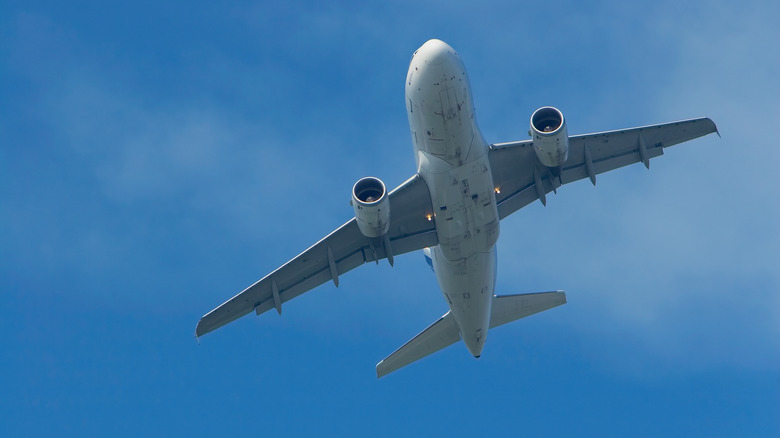
Michael Winston Rosa/Shutterstock
With the range of choice being key, it’s no surprise that smaller variants on the base A320 were developed alongside the larger A321. The A319 has a length of 111 feet and a wingspan just 11 inches longer, transporting around 124 people with its twin V2500-A5 or CFM56-5B engines. This variant, too, would receive a new model, upgraded with the LEAP-1A engine (or the PurePower PW1100G-JM).
The A318 is perhaps a more interesting case still. The smallest family member at just over 103 feet long and with a cabin of slightly over 70 feet by 12 feet, began development in 1997. The so-called Baby Bus first took to the skies with Frontier Airlines in 2003, but it did not prove to be the success that other family models did. A total of 80 were built over its lifetime, with the rise of the Airbus A220 being a big factor in its limited impact. March 2020, around the onset of the COVID-19 pandemic, saw British Airways officially cease use of its own A318.
Further additions to the range included the A321XLR or Xtra Long Range. This model, using its boosted fuel storage, has a 4,700 mile range, which no other narrowbody on the planet can top. The wider A320 family certainly offered, and offers, a wide range of aircraft. Airbus hasn’t historically been afraid to venture out of its comfort zone, as with the sadly canceled E-Fan X.
The legacy of the A320 family
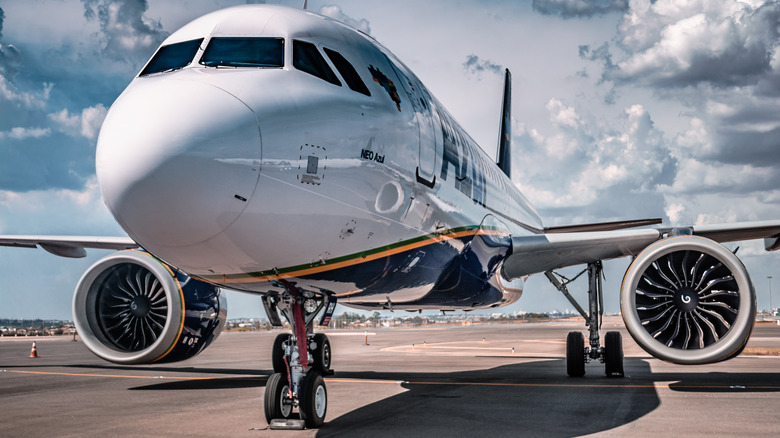
Herbert Pictures/Getty Images
These narrowbody aircraft were intended to blend customer numbers with space aboard and practical performance with environmental considerations. Airbus’s Airspace concept, a cabin experience with aisle width, lights and windows all designed to promote a comfortable in-flight experience, is featured in models across the family. A model popular with customers and airlines alike has a much better chance of success, and that is what Airbus has always wanted to emphasize.
Another facet of this, and an increasingly vital issue to the whole industry, is environmental impact. Airbus has boasted that its A320 family has «over 60% market share,» indicating that it was correct to venture into the narrowbody arena. Some of this can be attributed to its professed sustainable leanings: In March 2023, Airbus conducted experiments with aircraft flights powered entirely by Sustainable Aviation Fuel. Its ambitious goal is for all its aircraft to be exclusively powered by SAF by 2030.
In February 2023, IBA Insight reported that 4,954 aircraft in the A320 family were in use globally, having been ordered by organizations globally ranging from Air Arabia to Easyjet and Lion Air. Perhaps such models will be an important bastion of sustainable flight into the future too.